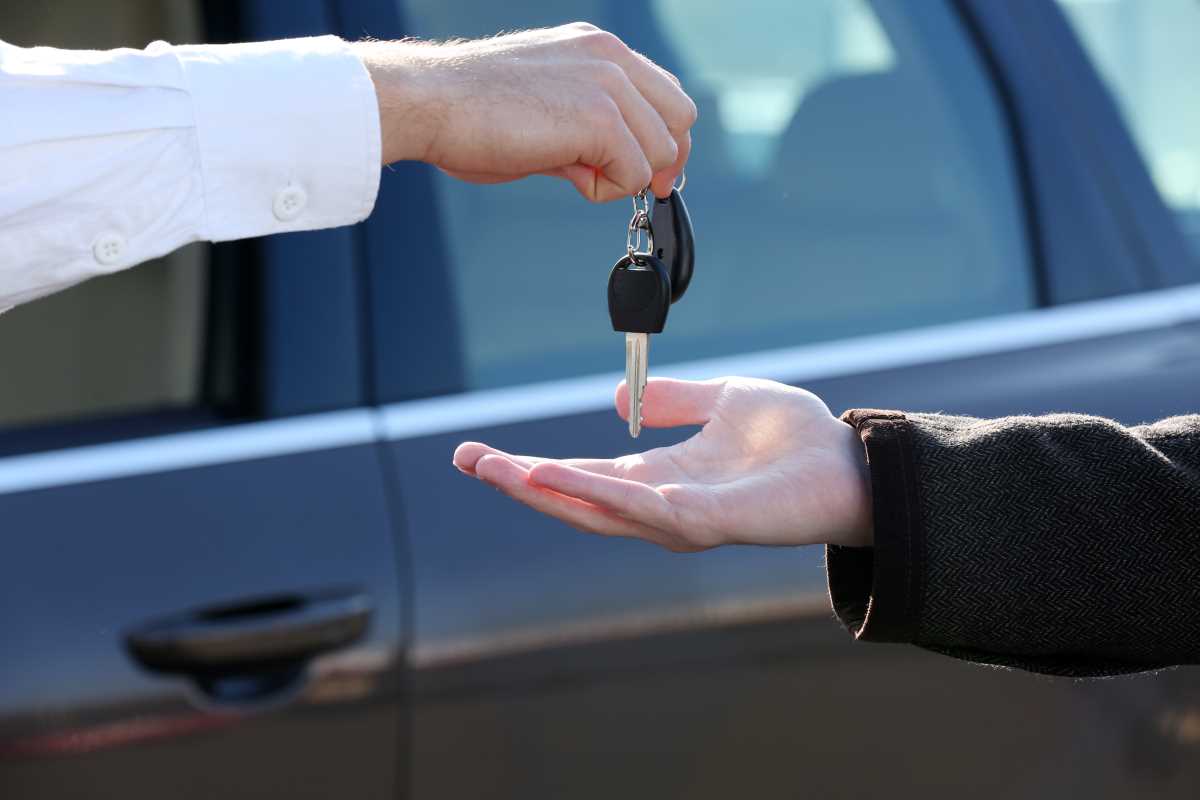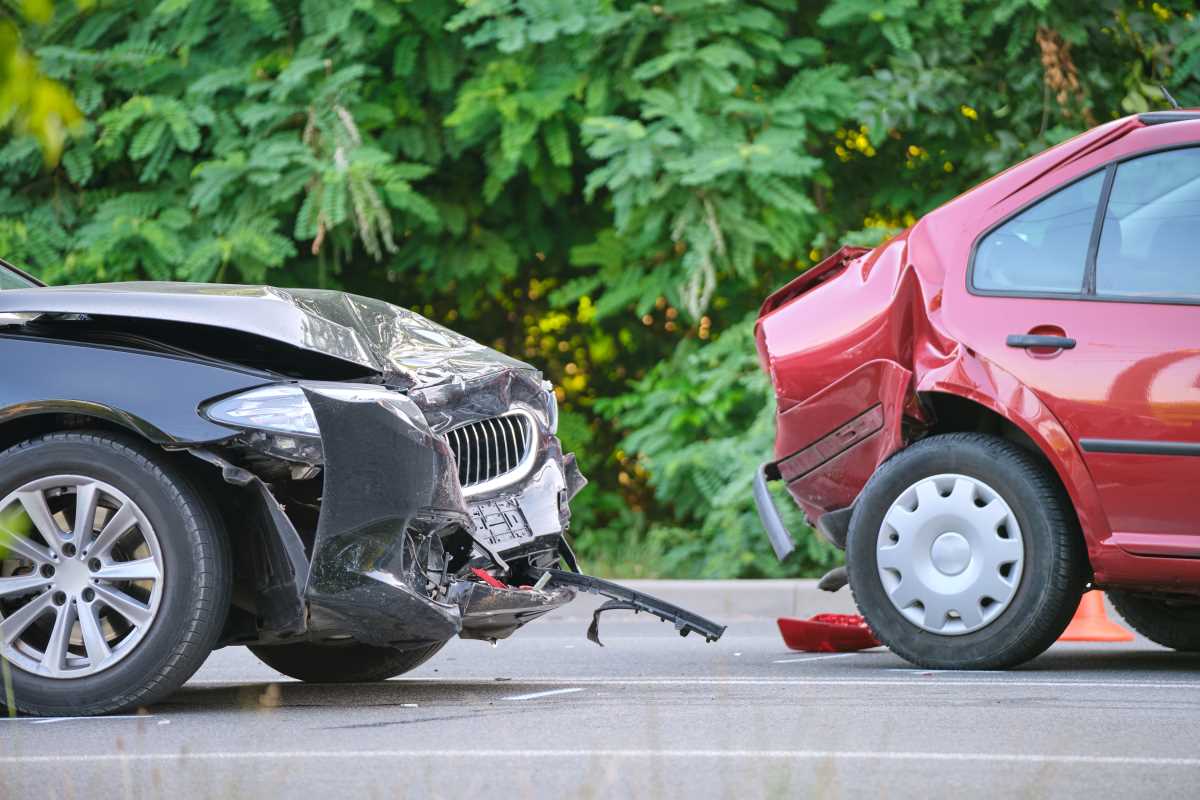Paying for car insurance can feel like a chore, but it doesn't have to be a mystery or a budget-breaker. You might wonder why your friend with the same car pays a completely different rate, or why your premium seems to change every six months. The truth is that car insurance prices are highly personalized, and companies can vary dramatically in what they charge for the exact same coverage. This is fantastic news for a smart shopper. By learning how to effectively compare car insurance rates, you can uncover huge savings without sacrificing critical protection. Think of it as a game where knowing the rules gives you the power to win. Small adjustments to your coverage, deductibles, and even your driving habits can have a massive impact on your final price. This guide will give you the strategies you need to shop like a pro and keep more money in your pocket.
Why Your Rate Is Your Rate
Before you can save money, it helps to understand what goes into calculating your insurance premium. Insurers are in the business of managing risk, and they use a long list of factors to predict how likely you are to file a claim. Your age and driving experience are major factors; younger, less experienced drivers typically pay more. Where you live also plays a big role, as urban areas with more traffic and higher theft rates usually have higher premiums than quiet rural towns.
The type of car you drive is another key piece of the puzzle. A sports car with a powerful engine will cost more to insure than a sensible family sedan because of its higher repair costs and performance capabilities. Your driving record is, of course, critical; a history of accidents or tickets will increase your rate. In many states, your credit-based insurance score can also influence your premium. Finally, how much you drive matters. Someone with a long daily commute will generally pay more than a person who works from home and drives only a few thousand miles a year.
Know Your Coverage Before You Shop
It's impossible to compare quotes effectively if you don't know what you're buying. Your policy is a collection of different coverages. Liability is the cornerstone, covering damage you cause to others. When you see limits like 100/300/100, it means your policy covers up to $100,000 for one person's bodily injuries, $300,000 for all bodily injuries in one accident, and $100,000 for property damage. Collision and Comprehensive coverages protect your own car from accidents and other events like theft or hail, and they both come with a deductible you must pay before the insurance pays out.
Other important coverages include Uninsured/Underinsured Motorist (UM/UIM), which protects you from drivers with little or no insurance, and Medical Payments (MedPay) or Personal Injury Protection (PIP), which cover medical bills for you and your passengers regardless of fault. Understanding these basic building blocks allows you to decide what level of protection you need before you start looking for prices.
How to Compare Quotes the Right Way
The golden rule of insurance shopping is to make an "apples-to-apples" comparison. This means getting quotes from different companies using the exact same coverage limits and deductibles. The easiest way to do this is to use your current policy's declarations page as a baseline. This page summarizes all your current coverages and is your cheat sheet for getting accurate quotes.
Certain life events should always trigger a shopping spree. Getting married, buying a home, or adding a teen driver to your policy can dramatically change your rates, and the company that was cheapest before might not be the cheapest now. Don’t forget to explore bundling. Insurers love when you buy both your auto and home or renters insurance from them, and they often offer a significant discount for doing so. However, bundling isn't always the cheapest option, so it's still wise to get standalone quotes to be sure.
Discounts That Actually Move the Needle
Insurers offer a buffet of discounts, and you should take advantage of every single one you qualify for. A Safe Driver discount for maintaining a clean record is one of the most common and impactful. If you have a student on your policy, a Good Student discount for maintaining a B average or better can provide substantial savings. Many companies now offer Telematics programs, where you use a smartphone app or a small device to track your driving habits. Demonstrating safe driving can earn you a personalized discount.
Other powerful discounts include paying your six-month or annual premium in full, insuring multiple cars on the same policy, and being a homeowner. Modern cars equipped with safety features like automatic emergency braking and anti-theft systems can also earn you a small price break. When getting a quote, always ask the agent to review all possible discounts to ensure you’re not leaving any money on the table.
Smart Strategies to Reduce Premiums Without Cutting Protection
There are several ways to lower your premium without making risky cuts to your coverage. One of the most effective strategies is to raise your comprehensive and collision deductibles. Increasing your deductible from $500 to $1,000 can lower your premium significantly. The key is to choose a deductible that you could comfortably pay out of pocket on short notice.
If you have an older car with a low market value, you might consider dropping collision and comprehensive coverage altogether. If the car’s value is less than what you’d pay for the coverage over a year plus your deductible, it may no longer be worth insuring the vehicle itself. If you drive fewer miles than average, ask about low-mileage programs. Most importantly, make a habit of shopping for insurance every six to twelve months. Rates and discounts are always changing, and loyalty doesn't always pay.
Special Situations and Gotchas
Certain situations require special attention. Adding a teen driver will cause a major premium increase, making it the most critical time to shop around and hunt for discounts. Insuring a luxury or high-performance car is also very expensive due to high repair costs, so it’s wise to get insurance quotes before you buy the car. If you drive for a service like Uber or Lyft, you need a special rideshare endorsement, as a standard personal policy won't cover you while you're working.
Be aware of "gotchas" that can cost you. A lapse in coverage, even for a day, can cause insurers to view you as a higher risk and charge you more. If you cause an accident, you can expect a claims surcharge on your premium for the next three to five years. And if you have a serious violation like a DUI, you may be required to file an SR-22 form, which will lead to extremely high rates.
A Step-by-Step Shopping Checklist
Ready to start saving? Follow this simple checklist. First, gather your information, including your driver's license number, vehicle identification number (VIN), and your current declarations page. Second, decide on your target coverage limits and deductibles. Don't just default to your current policy; consider if you need more or less protection.
Third, get at least three to five quotes from a mix of national and regional insurers. You can do this online, over the phone, or through an independent agent. Fourth, compare the total cost and make sure the service and reputation of the company are solid. The cheapest option isn't always the best if they have poor claims service. Finally, once you choose a winner, lock in your rate, make sure your new policy is active before canceling your old one, and set a calendar reminder to repeat the process in six months.







